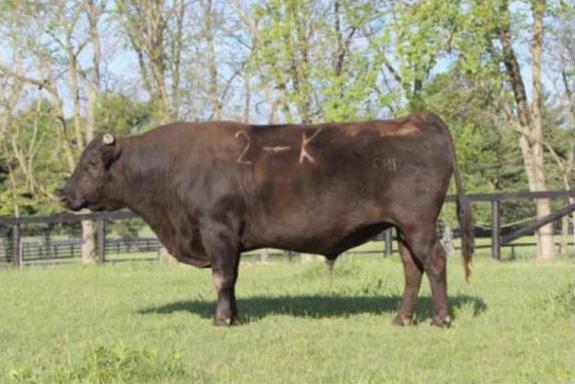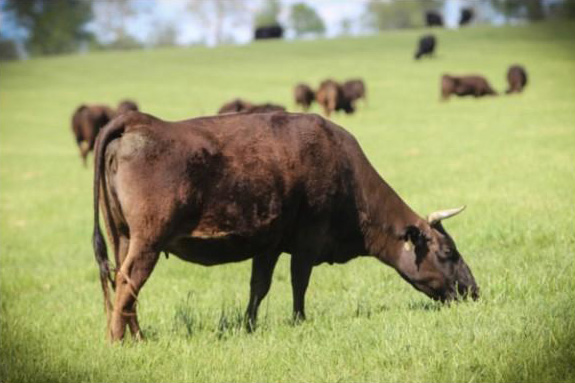Beef Cattle Discovery: Breeds
Beef Cattle Discovery: Breeds
British
- Origin - Aberdeen and Angus Counties of Scotland.
- Color - Solid black (may have a little white on the udder).
- Other Descriptors - Polled (hornless), moderate frame size, small upturned ears, and refined head.
- Important Traits - Excellent meat quality (nicely marbled), calving ease, and hardy.
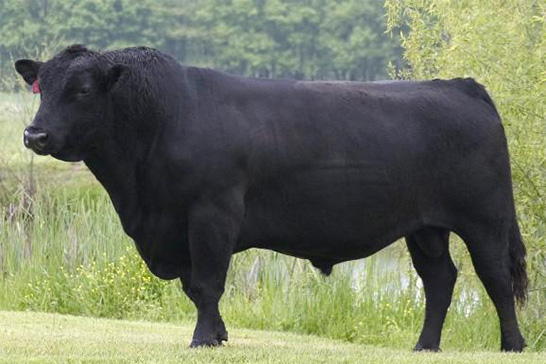
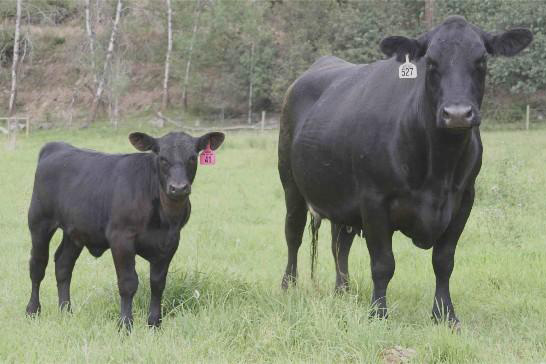
- Origin - District of Galloway, Scotland.
- Color - Black, red or dun color sandwiched about a white middle.
- Other Descriptors - Polled (hornless), shaggy hair coat for colder areas, thrifty, medium-sized cattle.
- Important Traits - Survival in harsh climates.
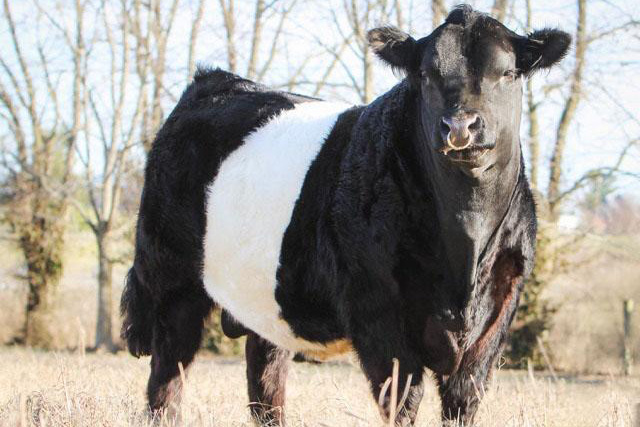
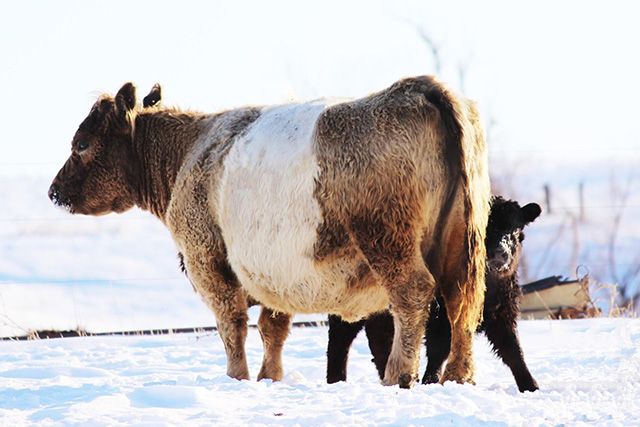
- Origin - Herefordshire, England.
- Color - Rust brown to deep rich red body color with white on the face, crest, dewlap, underline, switch, and legs below the knee and hock.
- Other Descriptors - Moderate frame size, horns that typically curve down sides of the head, deep brisket, well-developed forequarters, broad head, and stocky legs.
- Important Traits - Foraging ability, docile, and good fertility.
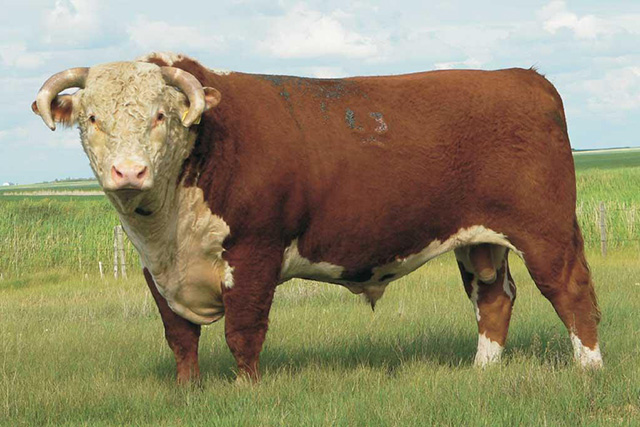
- Origin - Des Moines, IA (developed from the Hereford of Herefordshire, England)
- Color - Rust brown to deep rich red body color with white on the face, crest, dewlap, underline, switch, and legs below the knee and hock.
- Other Descriptors - Moderate frame size, polled (hornless), deep brisket, well-developed fore-quarters, broad head, and stocky legs.
- Important Traits - Foraging ability, docile, and good fertility.
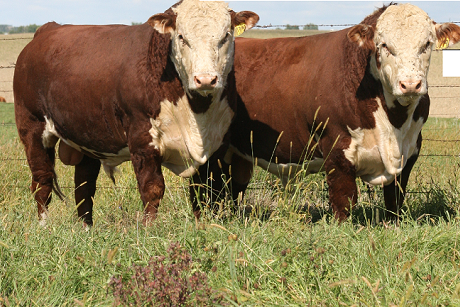
- Origin - British Isles
- Color - Red to reddish brown.
- Other Descriptors - Polled (hornless), moderate frame size, small upturned ears, and refined head (same as Angus except for color).
- Important Traits - Excellent meat quality (nicely marbled), calving ease, and hardy.
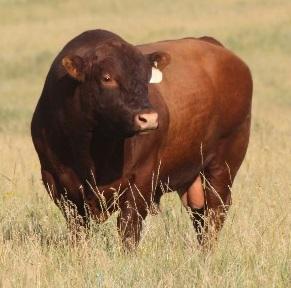
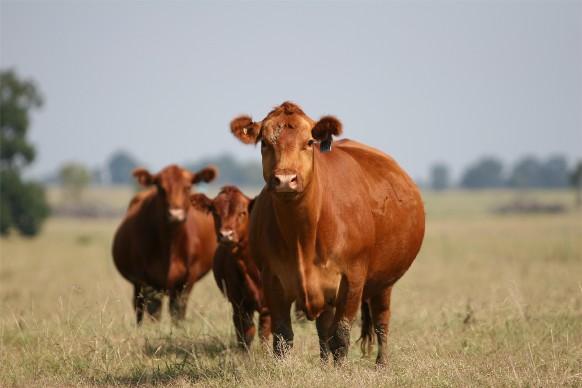
- Origin - Suffolk and Norfolk Counties of England
- Color - Light to dark red.
- Other Descriptors - Polled (hornless), white muzzle and switch, and small to moderate frame size
- Important Traits - Fertility, mothering ability, calving ease, forage efficiency, and gently disposition.
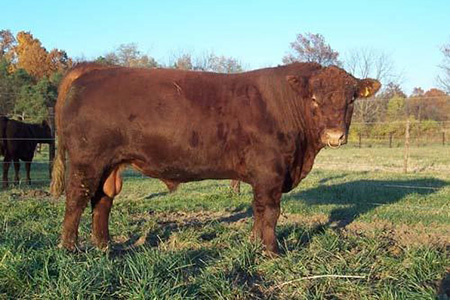
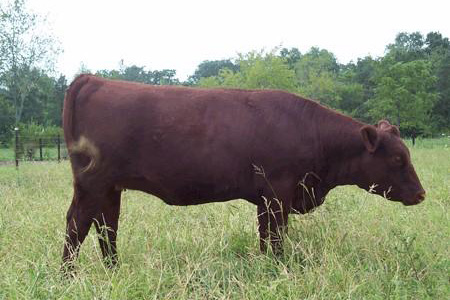
- Origin - Highland area, Scotland.
- Color - Primarily red, however black, yellow, dun, white brindle and silver are all considered traditional colors.
- Other Descriptors - Long hair coats, horned, medium frame size.
- Important Traits - Docile, exceptional mothering and calving ease, longevity in the cow herd. Great browsers, use horns to clear brush and survive on a variety of feedstuffs.
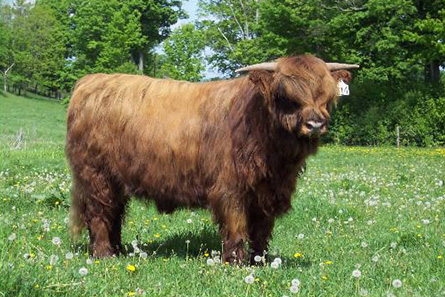
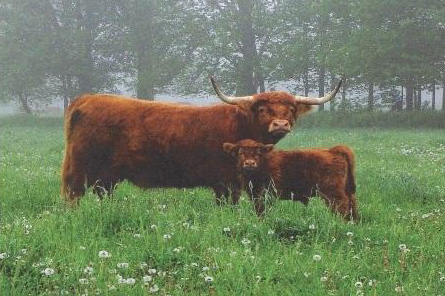
- Origin - Tees River Valley in England.
- Color - Red, white, red and white, or roan.
- Other Descriptors - Moderate frame size, short broad head, wide-set eyes, and short horns.
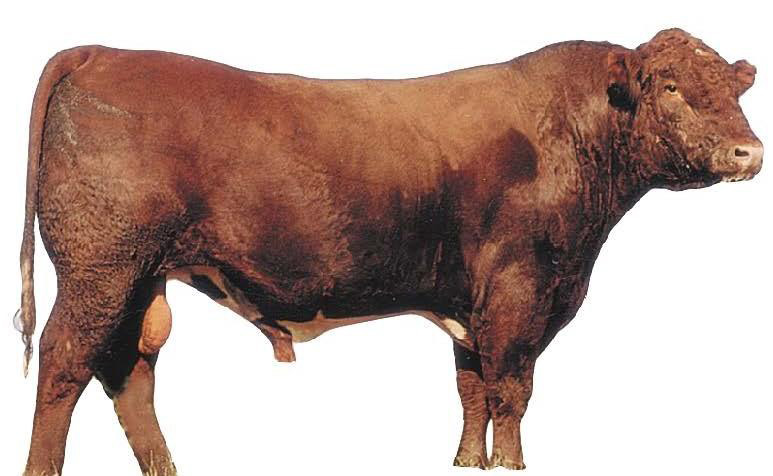
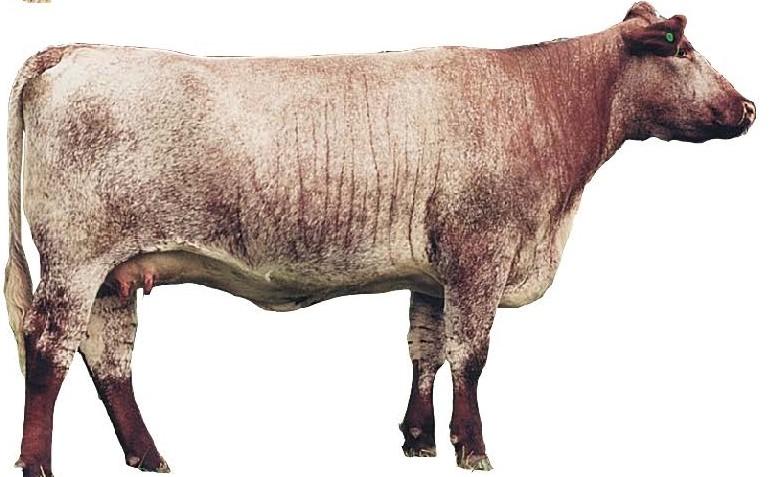
Continental
- Origin - Charolles, France
- Color - White to cream.
- Other Descriptors - Medium to large frame size, pink muzzle, pale hooves, horned or polled, and short broad head.
- Important Traits - Heavily muscled, excellent growth rate, good feed conversion, and late maturity.
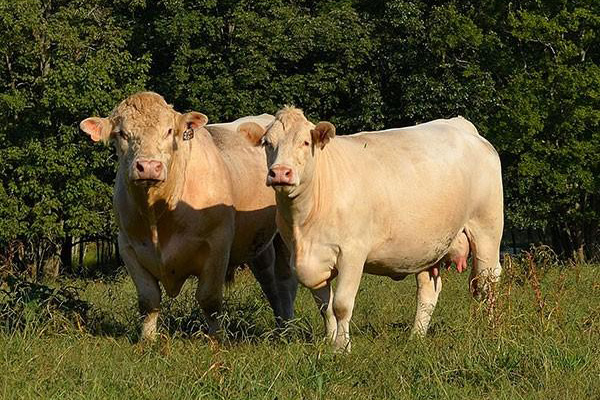
- Origin - Italy.
- Color - White to steal gray. Breeders have recently selected for solid black coloring.
- Other Descriptors - Very large frame size (long legs), short hair, black pigmented skin (black muzzle), black switch, long straight face, and short horns.
- Important Traits - Well defined muscling and good growth rate.
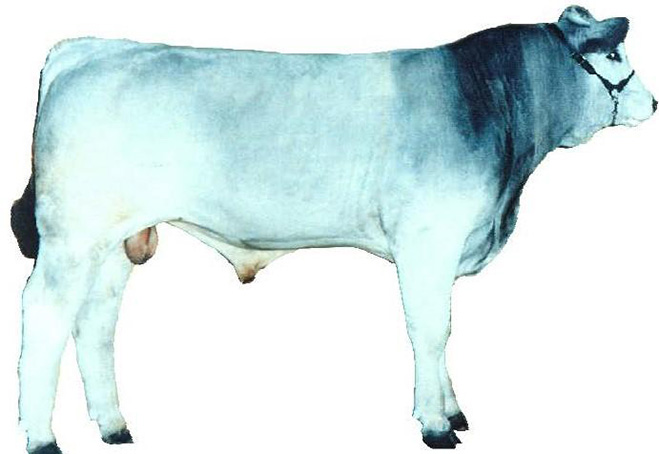
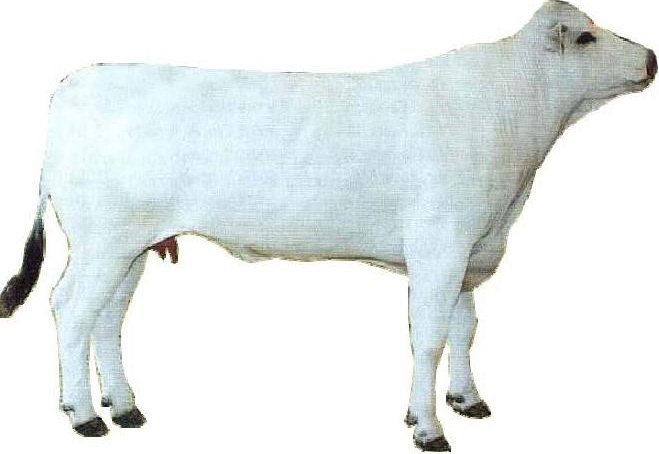
- Origin - Simme Valley of Switzerland.
- Color - Yellowish brown to straw to dark red with white markings on the head, brisket, belly, and lower parts of the legs. May have white patches on the body.
- Other Descriptors - Large frame size, horned or polled, and long and deep bodied.
- Important Traits - Heavily muscled, high carcass yield, growth rate, feed efficiency, and milk production.
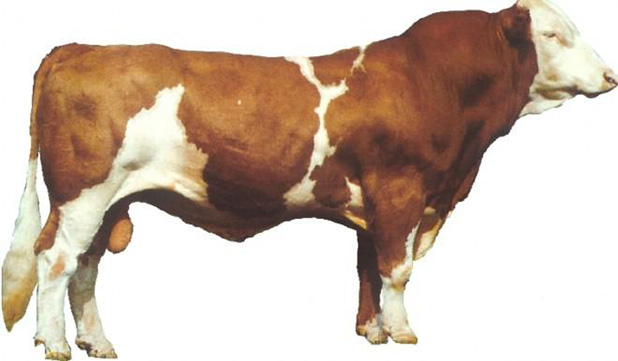
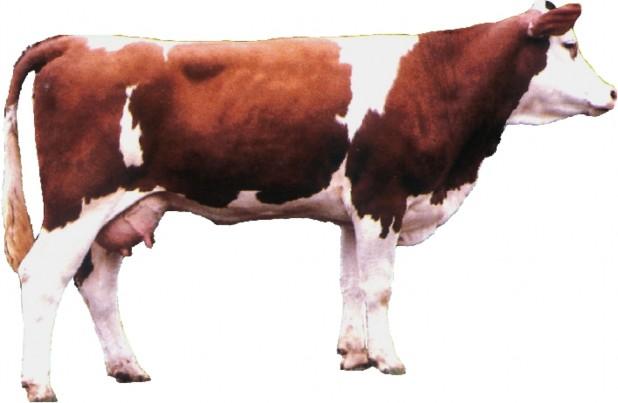
- Origin - Bavaria, Germany
- Color - Vary in color from red to yellowish red. Breeders have recently selected for solid black coloring.
- Other Descriptors - Light skin pigmentation and short horns or polled.
- Important Traits - Growth rate, muscling, early puberty, calving ease, and mothering ability.
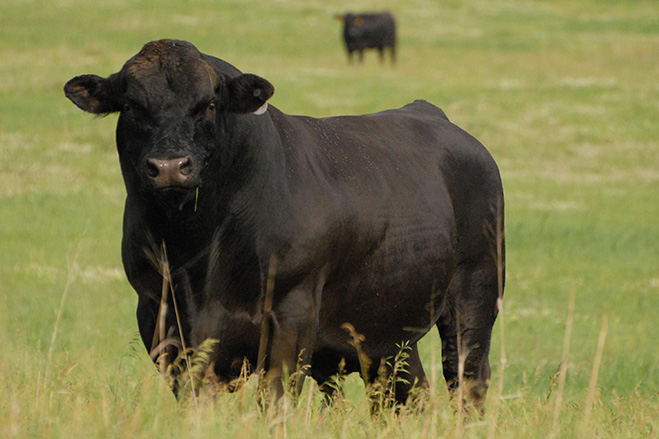
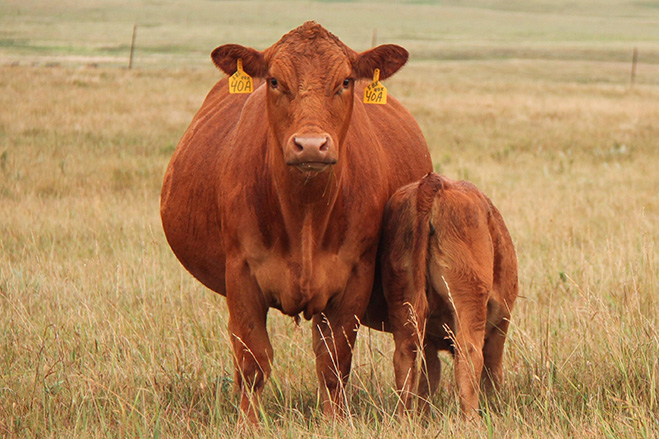
- Origin - Limousin and Marche regions of France
- Color - Yellow straw to reddish gold with lighter circles around eyes and muzzle.
- Other Descriptors - Medium to large frame size, long-bodied, small head, and pale horns and hooves.
- Important Traits - Heavily muscled, high carcass yield, growth rate, and feed efficiency.
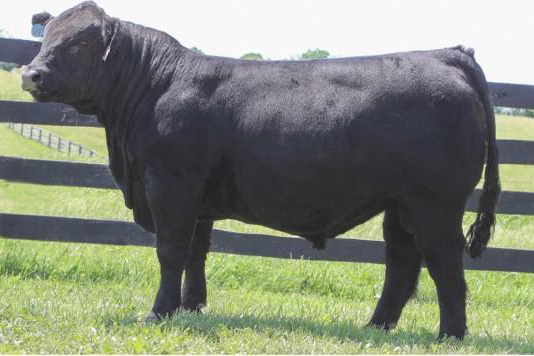
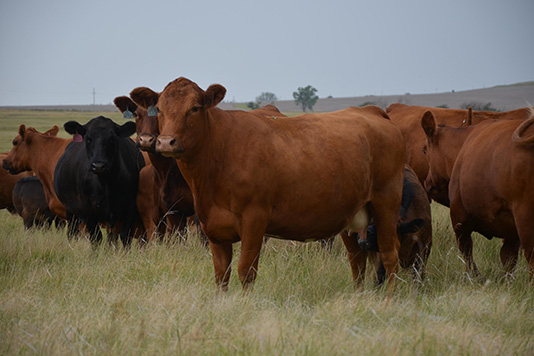
- Origin - Maine, and Anjou river valleys of France.
- Color - The traditional coloring is a very dark red with white markings on the head, belly, rear legs, and tail (whit on other parts of the body is also common). Breeders have recently selected for solid black coloring.
- Other Descriptors - Large frame size and horned or polled.
- Important Traits - Muscling, growth rate, disposition, and milk products.
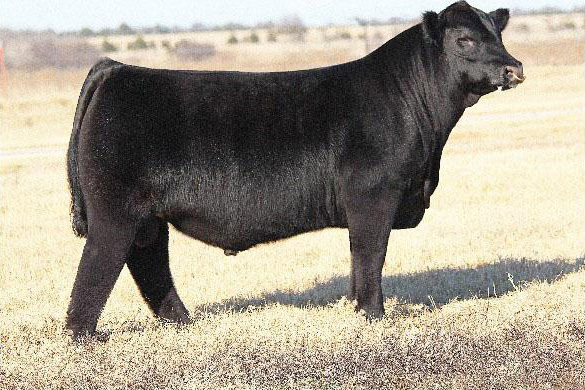
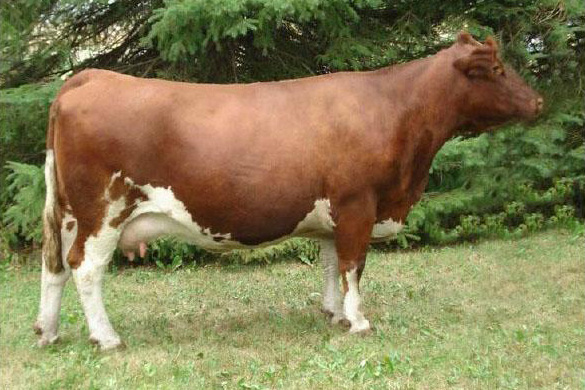
- Origin - Simme Valley of Switzerland.
- Color - Yellowish brown to straw to dark red with white markings on the head, brisket, belly, and lower parts of the legs. May have white patches on the body.
Breeders have recently selected for black coloring. - Other Descriptors - Large frame size, horned or polled, and long and deep bodied.
- Important traits - Heavily muscled, high carcass yield, growth rate, feed efficiency, and milk production.
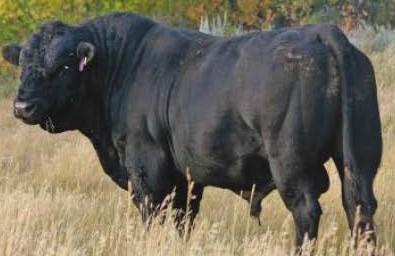
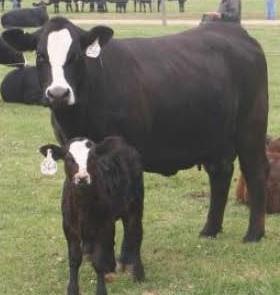
- Origin - Tarentaise Valley of France.
- Color - Vary in color from red to reddish brown.
- Other Descriptors - Moderate frame size and horned or polled.
- Important Traits - Milking ability, calving ease, and thriftiness.
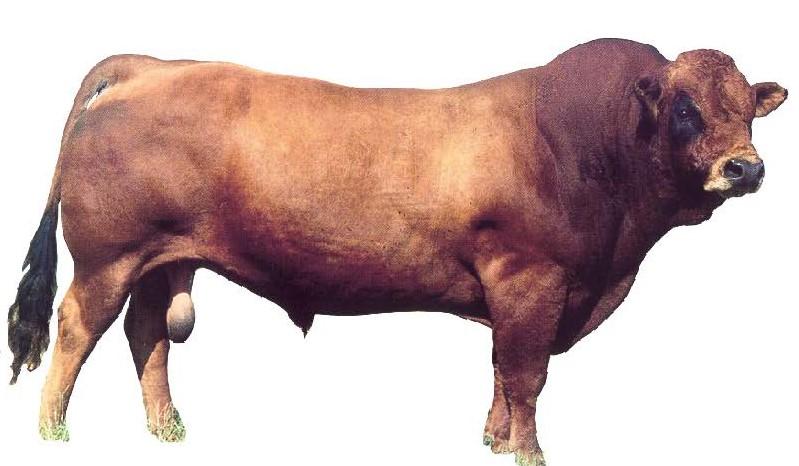
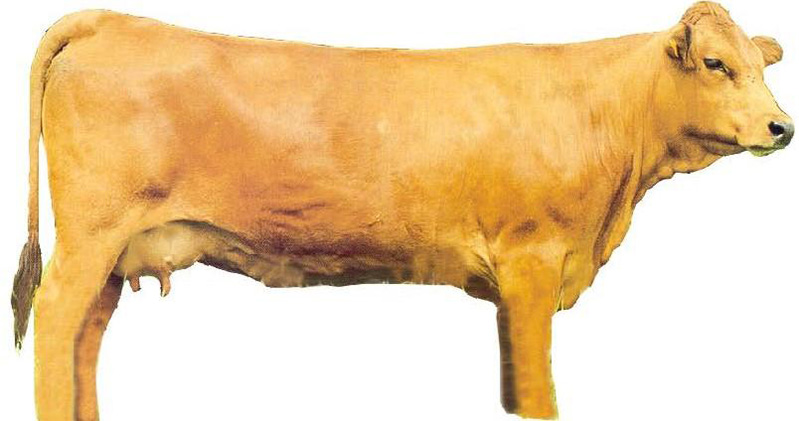
Miscellaneous
- Origin - Developed in the U.S. from Bos Indicus cattle from India.
- Color - Vary in color from very light grey or red to almost black.
- Other Descriptors - Large hump over the top of the shoulder and neck, an abundance of loose skin, large down-turned ears, horns, and moderate frame size.
- Important Traits - Heat tolerance, insect and parasite resistance, hardiness, and maternal instincts.
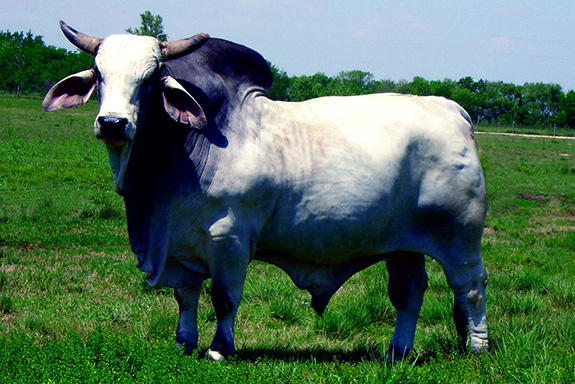
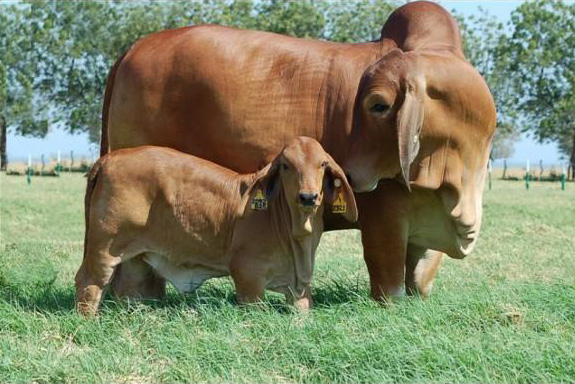
- Origin - Developed in the U.S. (primarily at USDA Experiment Station in Jeanerette, Louisiana). Genetics are 3/8 Brahman and 5/8 Angus
- Color - Solid black.
- Other Descriptors - Polled (hornless), moderate frame size, down-turned ears, and loose dewlap and prepuce.
- Important Traits - Disease resistance, heat resistance, hardiness, and maternal instincts.
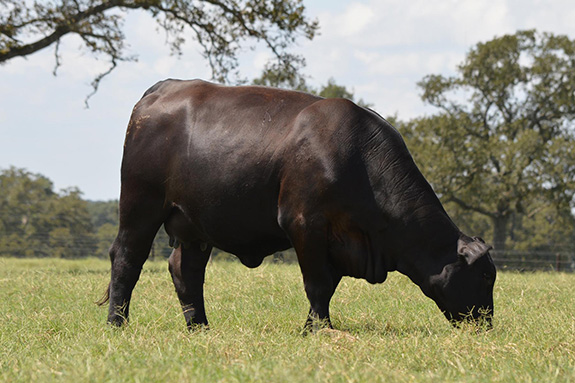
- Origin - Developed in the U.S. on King Ranch in Kingville, Texas. Genetics are approximately 5/8 Shorthorn and 3/8 Brahman.
- Color - Deep cherry red to reddish brown.
- Other Descriptors - Moderate frame size, loose skin in dewlap and sheath, horned or polled, and large down-turned ears.
- Important Traits - Heat and tick resistance, calving ease, mothering ability, and milk supply.
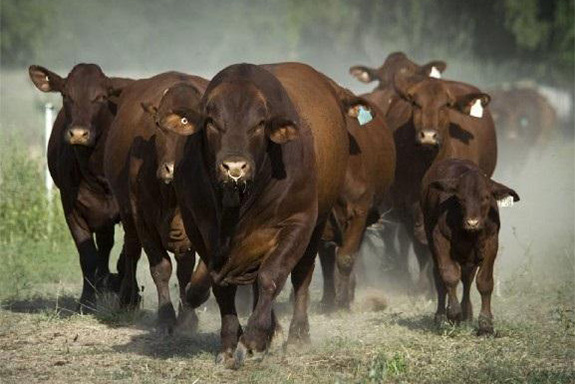
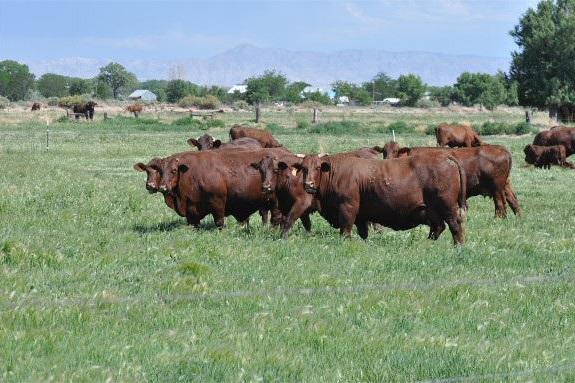
- Origin - Japan
- Color - Solid Black or Solid Brown
- Other Descriptors - Horned, extreme marbling
- Important Traits - Superior meat quality (nicely marbled), calving ease, and also used in terminal meat programs with breeds like Angus and Holstein to increase meat quality grade of the first cross progeny.
